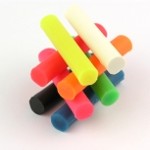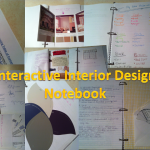
This year my school decided to implement Professional Learning Communities, focusing on the Reading Apprenticeship model, in addition to using the Collins Writing program that was initiated last year. We have also been encouraged to be the “guide on the side” and have more student centered or directed learning taking place in our classrooms. With all of this in mind, my mission was to develop a couple of activities to try out the concepts in my child development class. A friend had just shared the Parenting magazine article on Hidden Hazards with me and it seemed like it would be a good fit. I’m glad to say I had very engaged students who were sharing, brainstorming, using technology and writing! Mission accomplished!






